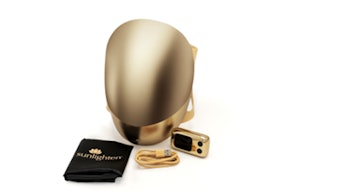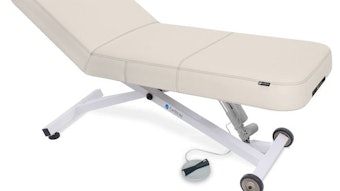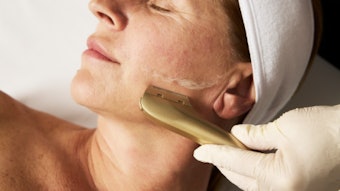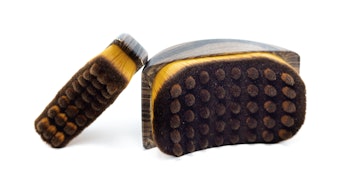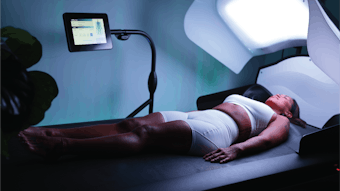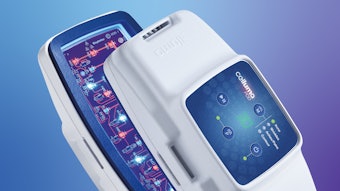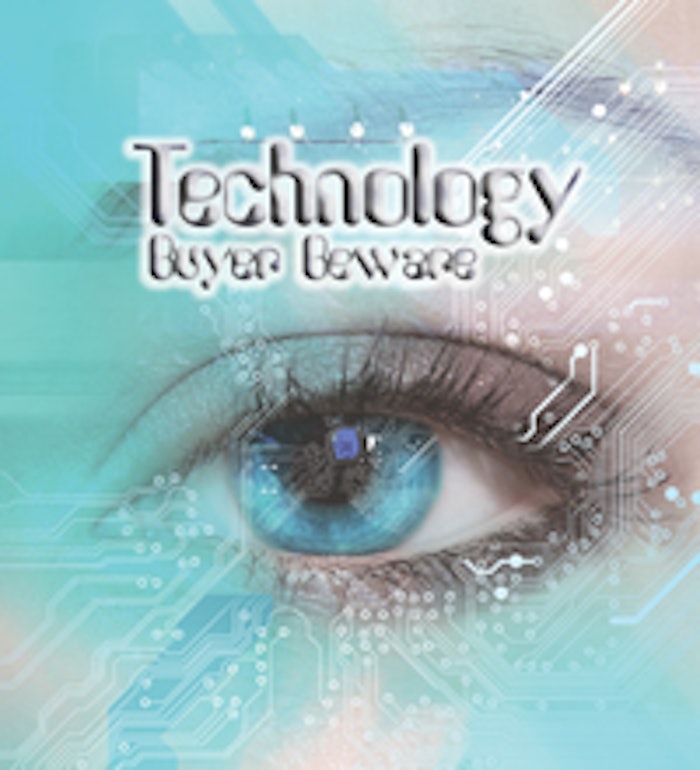
You cannot open a professional publication, attend a trade show or go a week without a salesperson, client or even television talk show host touting the latest and greatest cosmetic technological innovation these days. And one of the greatest challenges to the skin care professional is that you can now find these devices on the market in a myriad of forms: for use by physicians only; for use by skin care professionals with or without a physician on-site; and the fastest growing category, for home use.
Heeding regulations
First and foremost, when considering equipment and techology for the spa, check to see what your state allows you to use based on your license, as this can be a moving target. Technology that was once the province of only professionals may soon be on the market for home-use, and staying up-to-date on the rules and regulations is essential. Log on to www.SkinInc.com/statelicensing to learn more about each state’s specifications, as well as to find contact information for each state’s licensing board.
The landscape is littered with devices and technology that have been the “newest and best” thing to acquire, and many professional skin care practices have gone under due to a lack of capitalization coupled with spending too much on equipment. It can easily create an insurmountable debt burden and financial drain on a spa.
Serious questions
To ensure that you are getting the technology and equipment your spa truly needs, be sure to get answers to the following questions.
- What guarantee and warranty is provided with the technology?
- How long has the device manufacturer been in the cosmetics business?
- Are there indications and contraindications on the technology’s use?
- Does your professional insurance cover you for use of this technology?
- Is there a trial period or money-back guarantee?
- Have you carefully examined the clinical studies? Who did the studies? If the studies only appear to have been done by the manufacturer or its advisors, is there any independent confirmation you can look to?
- Does the company give you dramatic before-and-after photos you can use?
- In the event of a machine malfunction, are you provided with a free loaner within 24 hours so you do not lose revenue, as sometimes repairs can take quite a bit of time?
- Will the manufacturer provide you with a certificate of insurance naming you specifically as coinsured?
- Will the manufacturer trade out old equipment you already have to help reduce any initial investment costs?
- What training is provided, where and at what cost? How often are continuing education and training available?
- What happens if your spa experiences staff changes? Under what conditions and how often is refresher and new staff training available?
- Are staff members provided with treatments by a trained representative to get them excited about the introduction and launch of the new technology?
- What is the cost, if any, for collateral materials and samples? Are there limits?
- What incentives are offered if you make a commitment to buy?
- If there are upgrades and new releases in addition to the equipment, are these free?
- When a new model comes out, can you trade up to it, and will the manufacturer fix a trade-in value for your current device for a set number of years?
- What is the price point of the technology’s treatments and services, and how does this compare to what you currently offer? How many of your clients would sign up for these treatments? Would it be wise to ask your clients what they think of this new item before incorporating it into your business?
- What is the lead time needed to launch this technology?
- Will the manufacturer provide sample menus, product descriptions and treatment protocols?
- What point-of-sale promotional support is offered?
- Are there opportunities for add-on treatments or products?
- Are you able to obtain, in detail, the manufacturer’s policy on marketing support, open houses, and tagging you on all its ads and client events? Does it tag only physicians? How will the company help you build your business?
- What are the disposable and amortized equipment costs per treatment?
- Does the manufacturer provide a list of references from the vendor and through other sources? Do you have objective and independent verification of the vendor’s track record in supplying products, customer service, training, marketing and professional development?
- Where else is this product or service offered in your area? Who will be your competition? What do they charge? How widely available is the service?
- What is needed for installation in terms of plumbing, electrical, and space and code requirements?
- Do local and state regulations allow the use of this technology in your business, and by whom?
- Is there any impact on professional liability insurance? Note that many states are in the process of changing regulations on who can use what type of technology, with the trend moving toward having a physician on-site in order to use certain devices.
Drawing the line
There is no question that some—though not all—skin care device technology has led to significant improvements in results-oriented treatments. But if you examine all the devices and technological innovations that have come on the market in the past five years, several things quickly become evident.
The first generation of devices to reach the market can be very costly and usually require tweaking in subsequent models. Prices often fall dramatically after the first few years, and what is hot today may well prove to be cold all too soon. Despite clinical studies and U.S. Food and Drug Administration approvals, the long-term efficacies of many treatment devices have fallen short of the hype that accompanied their launches.
There also is a natural dichotomy in the spa profession. Many have chosen a career in professional skin care for reasons other than financial, as being a business owner and skin care professional can prove difficult. But before you make any decisions about bringing something new into your practice, you must remind yourself that you are running a business. Unfortunately, however, it ultimately is about money, revenue and profits—the proverbial bottom line—and if you don’t generate a profit, no matter what technology you bring in or how wonderful it is, you will not be able to survive for long. You need to make sure the technology pays for itself.
Carefully evaluate how a new technology will make money. Be clear on how much the techology will cost to bring in, the staff training required, your clientele’s receptiveness, the competition, the pricing of services and how the money invested will reap rewards. Think about all the costs associated with bringing in new technology in both direct ways—such as the actual cost for the item—and indirect ways—such as time, training, space and installation requirements—as well as the potential need for new menus, printed materials, infrastructure improvements, marketing and launch expenses.
Know your needs
Don’t get caught up in the hype. Think again about how a particular device or technology will improve the services you already offer and what impact it could have on client retention, increased visits and professional treatment costs—for example, total cost per treatment versus what can be charged to your specific client base—as well as how it affects your staff income and incentives, and how it compares to what is currently offered by you and your competition. See Technological Knowledge for a full list of considerations.
Make sure you are aware of the capital cost, monthly carrying charges, disposable items per treatment and how many treatments can be realistically performed each month. Also consider what can be charged for the treatments and what your break-even point is. Look to others who have this or similar devices to see what prices the market can sustain in light of your region and the economics of your practice.
Put a great deal of the burden of making the case for change not only on the manufacturer’s representative, but also on yourself and any of your trusted advisors, whether they are spa consultants, attorneys or accountants. Conduct the research yourself or, if you are having problems staying objective, have an outside, non-biased person lend assistance.
Smart purchasing
Buying a piece of technology or equipment can be quite an investment for a business. You owe it to your spa and yourself to do the proper research before diving into something new, and getting the necessary preliminary knowledge can aid not only in helping you to choose the best piece, but also assist you once you have the equipment in-house. Know its training requirements, maintenance needs, extra features and supplemental support options to ensure that this purchase is a decision you will be proud of for years to come.

